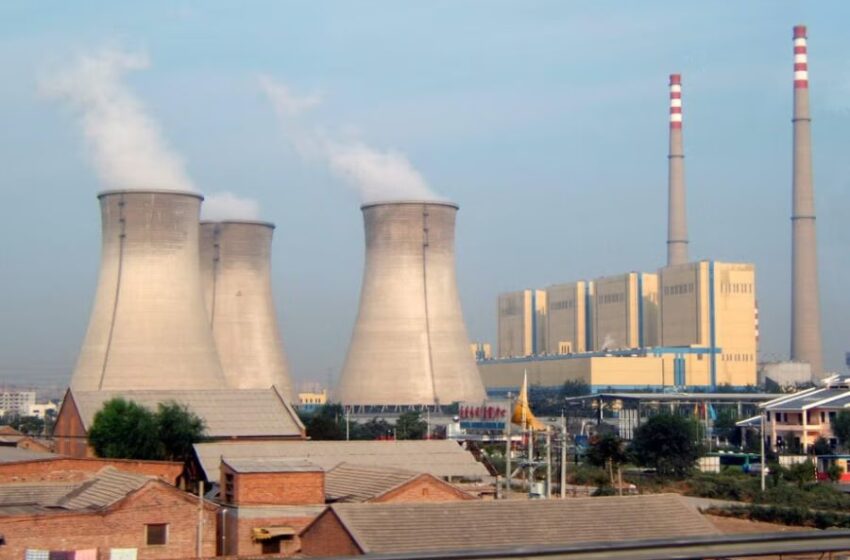
China Okayed More Coal-fired Power Plants in 2024
China has approved 66.7 GWs of new coal-fired power capacity in 2024, with approvals picking up in the second half after a slower start to the year, the Centre for Research on Energy and Clean Air (CREA) and Global Energy Monitor (GEM) said in their H2-2024 biannual review of China’s coal projects, indicating that coal still holds strong despite skyrocketing clean energy additions last year.
At the same time, 94.5 GW of new coal power projects started construction and 3.3 GW of suspended projects resumed construction in 2024, the highest level since 2015, signalling a substantial number of new plants will come online in the next 2-3 years, further solidifying coal’s role in the China’s power system.
On the other hand, new and revived coal power proposals totalled 68.9 GW, down from 117 GW in 2023 and 146 GW in 2022, suggesting a potential cooling in project initiation. However, actual commissioning has slowed, with 30.5 GW coming online so far, down from 49.8 GW last year but in line with 2021 and 2022 levels, the report said.
Even as China’s clean energy surged in 2024 and became a key economic driver, solar and wind utilisation dropped sharply in Q4-2024, which was not expected or explained by weather conditions, and coal remains strong, which ultimately goes against Chinese President Xi Jinping’s 2021 pledge to phase down coal over the following five years and “strictly control coal power projects.”
“While the clean energy sector has maintained rapid growth in recent years, emerging as a key driver of economic expansion in 2023-24, the simultaneous large-scale expansion of coal power creates a conflicting dynamic,” the report said.
In 2024, China added 356 GW of wind and solar capacity, 4.5 times the EU’s additions and nearly equivalent to the total installed wind and solar capacity in the US by the end of the year. This record-breaking expansion highlighted China’s leadership in renewables, yet instead of replacing coal, clean energy is being layered on top of an entrenched reliance on fossil fuels, the report said.
This reality makes it increasingly difficult to achieve the principle of ‘establish before breaking’ which envisions scaling up clean energy before gradually phasing down fossil fuels. Although renewable powers have been deployed at an unprecedented pace, coal power has remained firmly in place, often limiting renewables integration and full utilisation.
“As a result, China’s energy strategy increasingly resembles ‘energy addition’, rather than a fundamental shift toward clean energy and away from coal. This dual-track expansion raises critical questions about how effectively renewables can reshape the power system while coal power maintains its foothold,” the report noted.
Contrasting with Global Trends
China’s coal power expansion contrasts with global trends. While China continues to add new capacity, the global coal fleet outside China shrank by 9.2 GW in 2024, reinforcing China’s dominant role in shaping the future of coal power. China now accounts for 93% of global construction starts for coal power in 2024.
Long-term coal power contracts have been reinforcing coal’s dominance at the expense of renewables. Electricity buyers locked into long-term coal power contracts face penalties if they fail to purchase contracted volumes, discouraging them from prioritising clean energy.
With new coal capacity coming online, guaranteed operating hours under pre-signed agreements further limit grid space for renewables, delaying the transition to a cleaner energy mix.
In 2024, more than 75% of newly approved coal power capacity was backed by coal mining companies or energy groups with coal mining operations, artificially driving up coal demand even when market fundamentals do not justify it. This not only reinforces reliance on coal but also risks undermining central government policy targets for curbing coal consumption and accelerating the energy transition.












